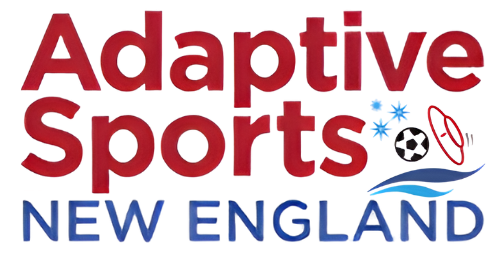“If this isn’t the Finish Line, why does it say FINISH?”
It’s a reasonable question coming from a 10-year old 2-1/4 miles into a 3 mile race.
From there we ran from light to shadow and from shadow to light the rest of the way down Boylston Street, staying just ahead of the police motorcycles, which provided the push we needed to make the REAL finish line. Michael didn’t have much to say when he finished; he just smiled, smiled and kept smiling. Most of the 9,000 runners in this year’s BAA 5K were done ahead of us – a few even finished before we started – but Michael’s focus was on his own race, just as we teach older athletes to do.
I have run the BAA 5K each of the last five years and each time with a young runner some of who were blind and some who were not, and it’s pretty much the same storyline. Get to mile one, three “hills” in mile two, cross the Marathon finish line, then tick off Dartmouth, Clarendon, Berkley and Arlington. Done. Time and place are irrelevant. Done is the important thing.
Sport can be this pure. Sometimes we make it more complicated, but we have to always remember that it is we who choose the complicated over the simple. Training with Our Space, Our Place for the BAA 5K is simple. This week we do 8 laps, next week we do 12. On race day we finish. Playing wheelchair basketball at the Boys & Girls clubs is simple. There are a few rule differences from stand-up ball, so let’s explain those and get on with playing. We must always remember that we “play” sports.
One difference between running with youth who are blind and those who are not is the surprise on the faces and in the voices of spectators and other runners when they see the “blind runner” and “guide” bibs. It is great that youth and teens who are blind are playing sports, and it is great their peers and near peers pair up with them for training and competition. Together, we (all) can take surprise out of the equation, though, by inviting more children who are blind to join their town or school track & field team. For the most part, the schools and clubs are willing, and Adaptive Sports NE will show them they are able.
About 1 of every 1,000 school age children is blind, which means there is likely one who lives in in your school district. You can help by letting these youth, and their families, know that they can play, too, and that Adaptive Sports NE will help them find a welcoming sports program.
More kids, more sports, more often, and closer to home.




Comments are closed